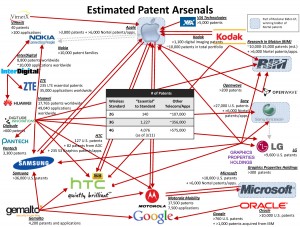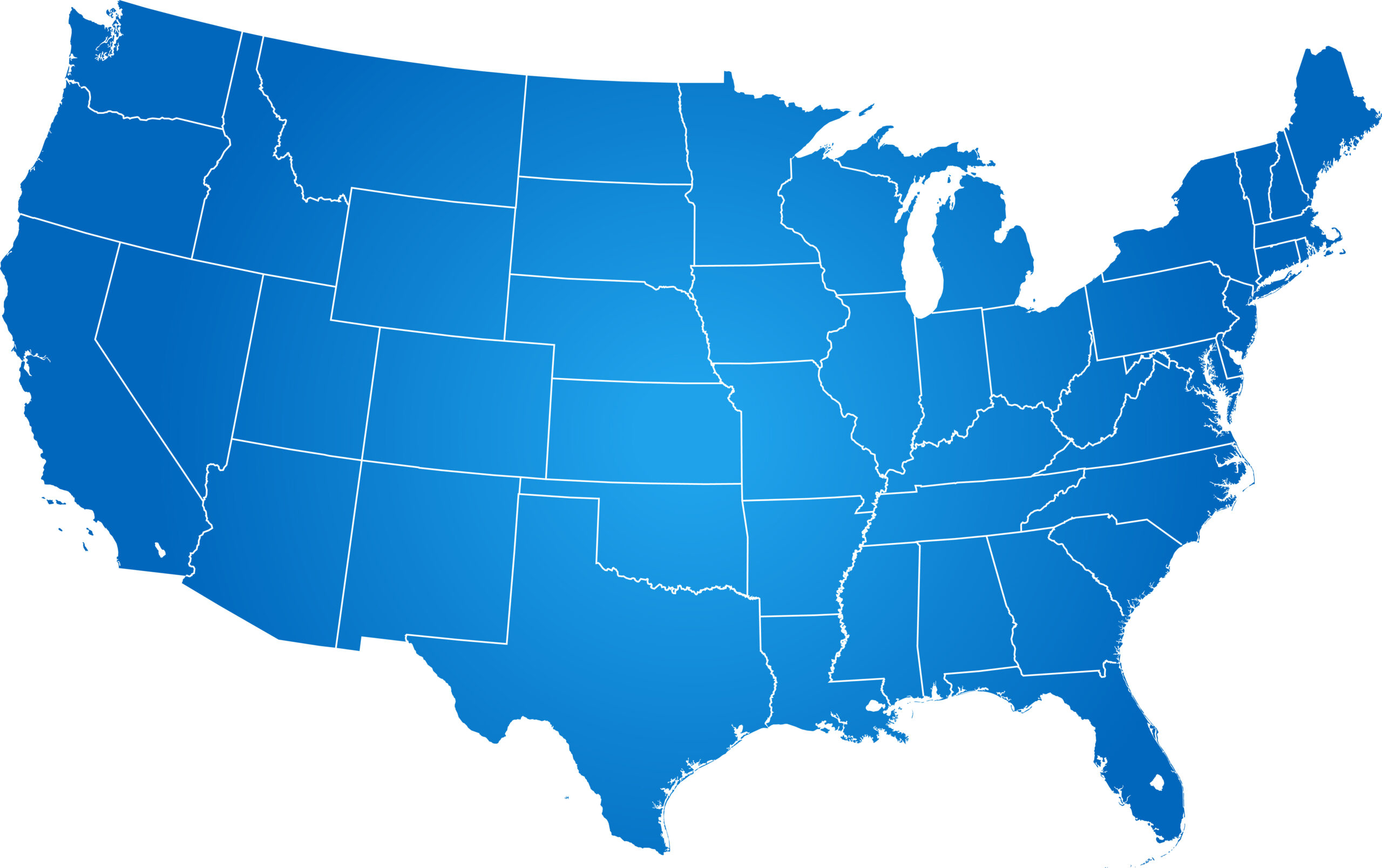Mobile-Related Patents Are Increasing: One in Four Patents Issued Last Year Pertain to the Smartphone
(Cross Post on Patent Progress)
A few months ago, I pointed out that approximately ⅙ of all active patents (roughly 250,000) read on the smartphone. If you estimate that each patent has 20 claims, that is 5 million potential restrictions on smartphone innovation. With numbers that staggering, it is impossible for the patent system to function as intended. Even the best due diligence can turn up only a fraction of these potential landmines. Furthermore, innovators who actually produce novel, patent-worthy inventions lose out as their rights are diluted by the host of spurious patents in the same space. This patent inflation only helps those that seek to game the underlying complexity of the system to make a quick buck or prevent new competition from challenging incumbents.
Now, a new report by industry analyst Chetan Sharma shows that roughly ¼ of U.S. patents issued this year are likely to be related to mobile technology (contrast this with roughly 10 percent of European patents). As Ina Fried at AllThingsD said in her article, “[i]f you think the smartphone wars are winding down, think again.” In fact, the parties are laying even more landmines. And since there is no effective way to identify all the possible landmines, innovators will step on more of them. Expect more collateral damage.
And if you think the major litigants in the smartphone wars are the primary victims of this patent explosion, think again. Admittedly, these players are wasting considerable money and diverting engineering resources that could be used on actual innovation in fighting these needless patent wars. The major tech companies can afford this expense, however – at least in the short run. The real victims are the startups that can’t afford armies of patent lawyers from the get go. If a VC has a choice between funding a smartphone or mobile-related company versus another company in a less patent-intensive field (or just declining to make an investment altogether), the increased risk of patent infringement in the mobile space is sure to tip the balance.
That isn’t to say that the explosion in the number of patents that pertains to the smartphone is surprising. Smartphones are increasingly adding more functionality (mobile Internet, full software suites, digital photography, video conferencing, motion sensing, etc.). As a result, the fields of patents that read on the smartphone are naturally increasing. However, as the raw numbers reflect, the multifunctional smartphone is becoming the embodiment of all that is wrong in the underlying patent system. As smartphones naturally evolve by incorporating new features, the mobile patent problem will only get worse unless something is done to change the underlying system. For starters, raising the standards for patentability — and actually enforcing them — would go a long way towards making the patent system work better for real innovators.









